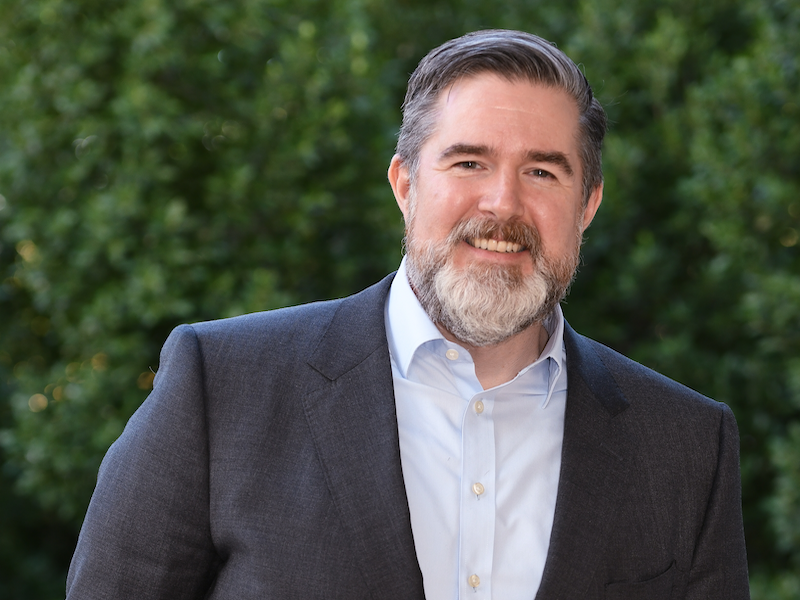

“As the preceding presentations showed quite clearly, the climate is changing and the impact won’t have a linear correlation with temperature rises,” said Aaron Bennett, chief investment officer of the University Pension Plan, during a session at the Canadian Investment Review’s 2022 Investment Innovation Conference.
This once controversial position underpinned the $11-billion multi-employer defined benefit plan’s climate action plan, which was released in 2022. “The closer we get to this inflection point, the greater the rate of changes in the frequency of extreme weather and temperature events, as well as economic impact.”
Read: UPP reaches major investing, administration milestones in 2022: CEO
The climate action plan is based on four pillars: evaluating climate-related risks and opportunities; investing in a manner that is in line with a transition to a net-zero world; engaging with investee companies; and advocating for public policies that support limiting temperature rises to within 1.5-degrees Celsius.
According to Bennett, the plan addresses risks more broadly than simply setting portfolio-wide targets. “From a sector-level perspective, it’s pretty obvious climate change will have an impact — whether it’s through regulations or through climate disruption — but there’s another really important point to be made here around systemic risk.”
Since pension plans have to produce positive returns that rely on functioning capital markets, he suggested all DB plan sponsors consider environmental, social and governance-related threats to capital markets as risks to be mitigated. “The thing to keep in mind is that greenhouse gases accumulate . . . so we need to think about this as a budget.”
In developing the climate action plan, the UPP began by leveraging one of its secret weapons — its plan members. “We have a very vocal and very articulate stakeholder base — the faculty and staff at universities. They know and care a lot about this. They have a lot of opinions and they’re not afraid of sharing them with us.
Read: UPP building on jointly governed pension model with a pandemic launch
One message that was clear from meetings with members was that the UPP should start by taking steps to reduce its portfolio’s carbon footprint. To do that effectively, the team drew from two different sets of ESG accounting guidelines, those from the task force on climate-related financial disclosures and the partnership for carbon accounting financials. “[These standards] provide really good guidance about measuring the absolute intensity of emissions at the security and portfolio levels,” said Bennett.
Integrating the standards into the investment process proved difficult because they relied on non-financial disclosures from companies, he noted. “The data isn’t audited in the same way that earnings reports are, but it’s representative and can be very useful. . . . You’ve got to figure out how to work with messy data and to develop the analytical tools to invest — but, ultimately, this is an opportunity.”
The UPP soon found that the problems — and opportunities — associated with the limited amount of ESG data available to investors was more significant in its private market portfolio. In some cases, the investment team used public market proxies to make educated assumptions about the carbon intensity of its private assets. “You can get to something that isn’t perfect but is definitely representative.”
While many public sector DB plans in Canada have made commitments to ensuring portfolios are carbon-neutral by 2050, the UPP committed to reaching this target a decade earlier. To achieve this, it established several interim commitments. By 2025, it plans to reduce its overall emissions to 84.5 per cent of its 2021 baseline level. By 2030, it’s aiming to reach 60 per cent.
“This is a commitment,” said Bennett. “We don’t know how we’re going to get there . . . but we do recognize that we need to. This seems like the right direction and we’ll update the plan as we go along.”
Read more coverage of the 2022 Investment Innovation Conference.
